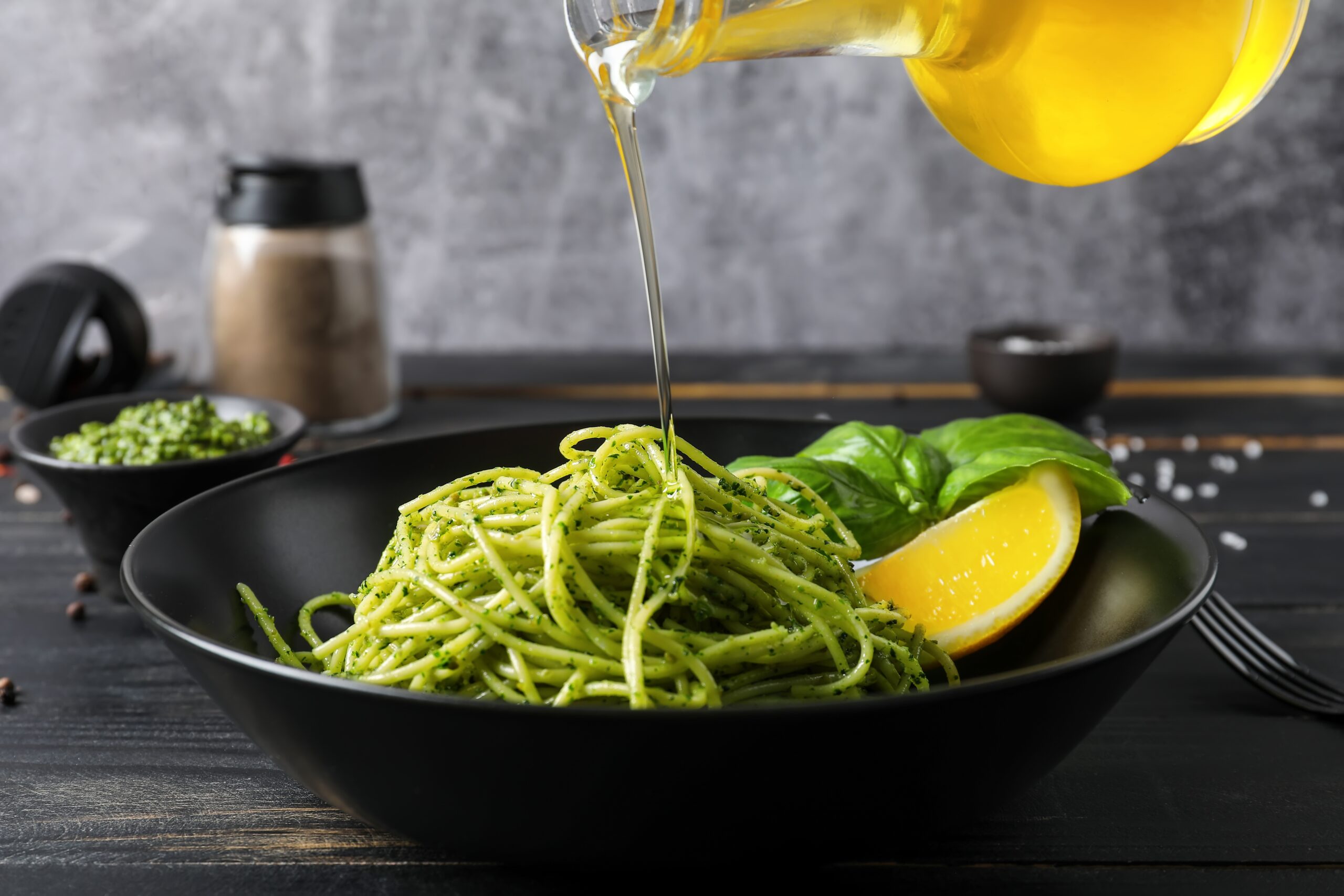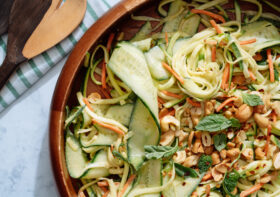Meet Mirco Scoccia Owner and Inventor of O2 Monde
Tell us a little bit about you:
Ciao! My name is Mirco and I’m a Dad, a Shoe Designer and Nature and Animals Lover.

How long have you been working in the industry?
I’ve been working in the fashion industry for over twenty years now…which really feels like I’ve been doing this forever! I’m telling this in a positive way since I feel like I’m one of those lucky people who was able to feel their true calling early in life. My family ran a small shoe factory in my hometown of Fermo, Italy, and from a very young age I was clearly drawn to the business. The afternoons I spent working with my father and other old school craftsmen led directly to my realization that luxury footwear design was my calling. So, I decided to attend the Design and Technical Footwear Academy in Fermo and took home first prize in the academy’s competition to sketch and produce a line of shoes. My professional experience spans footwear design and creative direction roles at European and American luxury brands, ranging from Bottega Veneta to Belstaff to Tory Burch.
You’re launching your own vegan shoe collection in 2021. What is the motivation behind founding your own brand?
The ‘O2 Monde’ project is the synthesis of my experience. I wanted to combine my holistic expertise, timeless design, ethos and dedication to Made in Italy craftsmanship with my desire to disrupt an unsustainable industry with a new progressive model, rooted in humanism and beauty. My main goal is to make effortless, expressive shoes that benefit both people and planet. I want to create timeless, limited edition designs that are also impeccably handcrafted in Italy from the newest and most sustainable eco-materials.
Nowadays, it’s popular among big brands to manufacture in countries where cheap labor is legal, which results in far too many human right’s disasters. I wanted to go back to my roots and produce vegan footwear collections in Italy with fair labor, adequate wages and better treatment of factory workers. Additionally, I started researching alternative materials to traditional leather, with the highest percentage of renewable plant origin (like pineapple, wine, wood and paper) and the lowest environmental impact of its raw materials and manufacturing processes. Because the footwear industry is so bloated with cheap goods already, I firmly believe it’s ethical and sustainable to concentrate on producing fewer shoes of higher quality. And because there are also plenty other aspects involved in establishing an eco-conscious business, I’d like to pay attention also to every single detail, like shipping methods. For example, instead of packaging my product in unnecessary plastic, I’m going to use recycled materials.
Finally, a few words on the inspiration behind the name of my brand, O2 Monde, since I wasthinking of a name that could speak to this ethos. O2 represents pure oxygen: the third most common element in the universe and a building block of life. Monde means ‘world’ in French. It also refers to people and community.


What main materials are used to produce the shoes?
Like the element from which my brand takes its name, the vegan materials and their manufacturing processes are clean and transparent, with a dedication to craftsmanship and cause in equal measure. I’ve been researching the most innovative materials available and their vendors for the last few years. To me it’s not only about making beautiful vegan shoes but also making sure the entire supply chain will respect certain higher standards in respect of eco-sustainable practices.
That is why every element of O2 Monde shoes – from insoles and lasts to adhesives and uppers is made from sustainable, plant-based materials sourced from the world’s most innovative eco-materials manufacturers.
I’ll also be using 100% of every skin (whereas traditional leather shoes use only a percentage of a hide, due to natural imperfections). Further, cutting scraps will be captured and recycled, and skin finishing will be minimal because plant-based materials are naturally perfect.
I’m really excited to share some info about the materials I’ll be using to make my shoes since I truly believe they will make a huge difference. Not only because of their stunning beauty to look at as to touch but most importantly for their innovative and environmentally friendly features.
* BioVeg: a sustainable vegan leather combines recycled polyester reclaimed from water bottles with signature Veg technology. The latter comprises bio-polyols, which are safely derived from plants without robbing consumable resources from farms or animals. Manufacturer stats confirm that BioVeg reduces energy consumption from non-renewable resources by 44%, diminishes its carbon footprint by 15% and contains more than 50% bio content, derived from renewable sources. Additionally, the energy employed during the coating process comes from renewable sources, recycled polyester reclaimed from water bottles
* Pinatex: a durable, resistant vegan leather fabricated from felted pineapple-leaf fibers. Because pineapple leaves are traditionally discarded or burned, the closed-loop fabric’s source material requires no additional land, water, pesticides or fertilizers. It also provides rural pineapple famers with additional income and leftover biomass, produced by the separation process, which can be employed as fertilizer. Further, Pinatex dyes are GOTS certified and its resins comply with AFIRM standards.
* Vitigna: From Tuscany’s renowned and beautiful vineyards we’re getting the most innovative and bioengineered “wine leather”. This eco-friendly vegan leather is made from wine industry leftovers. Vitigna doesn’t only just feel like conventional leather and have similar properties, it has a whole load of other advantages too. Firstly, it doesn’t need any water to produce it – unlike conventional leather which has a huge water footprint. And wine leather doesn’t require a complex and toxic tanning process. The fact this “wine leather” is completely vegetable is another positive aspect. This vendor’s process transforms what represents waste (a cost) in one sector, into a value-added raw material in another sector. And they do it without using toxic pollutants, without any waste of water. That means doing ‘circular economy’.
* Silk & Shine: I’m selecting our materials from the most innovative and forward-thinking vendors, who give a strong attention to environmental issues. Silk ans Shine are the names of two materials I’ll be using for my shoes and which are produced by a vendor who has been focusing on the adoption of environmentally friendly raw materials and on a rational use of energy. Their formulations include the use of recycled fibres that derive from other processes of the paper industry like industrial wastes of the paper used to manufacture cigarette packs, kitchen tissue, paper napkins. Throughout the years they developed and constantly improved a method to collect and re-use post production wastes of the insole converters. These wastes are grinded, regenerated and used as raw material. On top of that, they’ve also created a network to cooperate with their customers in order to manage the collection of scraps directly from their factories.
* Wood: I’ll be also using a hugely soft and flexible material to make uppers out of wood. This innovative material is made from thin sheets of wood which are bonded to a fabric using an enviromentally friendly adhesive. All the wood that is processed to make this material comes from forests that are managed ethically and with respect fot the whole ecosystem FSC certification garantees the traceability and origin of the wood. This material is environmentally friendly, biodegradable and 100% animal fee. It will also reduce the CO2 emitted into the atmosphere by about 60% compared to a square meter of leather.
Also, as a shoe is a complex product which includes different components. I’ll also be paying attention to other details like the materials used on the insoles and outsoles. For instance, a pioneering vegan lining made of corn and cereal, with minimal solvent residue level will be used on the insoles of each O2 Monde shoe. Functional, sustainable and extremely breathable, as well as absorbent and resistant for enhanced comfort. While outsoles will be fabricated with Thunit, a flexible, durable, abrasion and water-resistant vegan fabric made without hazardous or harmful substances, that the manufacturer defines as 100% recyclable. Moreover, its environmentally rigorous manufacturing process includes the recapture and depigmentation of water waste.


What variety of shoes will people be able to buy?
O2 Monde collections will include both high heels and sneakers shoes. All shoes will have two elements in common: comfort and design. My idea is to create timeless shoes that will survive temporary fashion trends and will last for a very long time.

Anything else you would like the world to know about you or your brand?
I like to think of my shoes as building blocks of a modern, mindful wardrobe that helps you live your best life and protects our collective future. For this reason I created a specific hashtag on O2 Monde Instagram profile, which is #vegannotplastic. I also hope more and more brands will start embracing this idea of creating fashion in a more thoughful way.
I’m also proud to say that O2 Monde will be donating a portion of its sales to 1% For the Planet a non profit organization which is truly committed in the support of different environment projects worldwide.Thanks to its commitment to the animal cause, O2 Monde has also been officially approved by Peta.
In order to get updates about the launch, please go to http://www.o2monde.com and subscribe to our newsletter. I can’t wait to share my shoes with you all!



